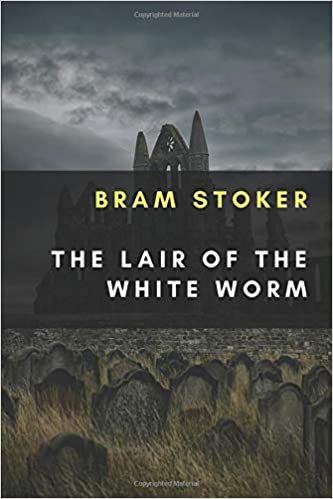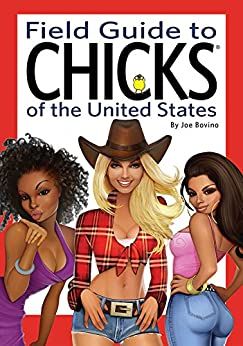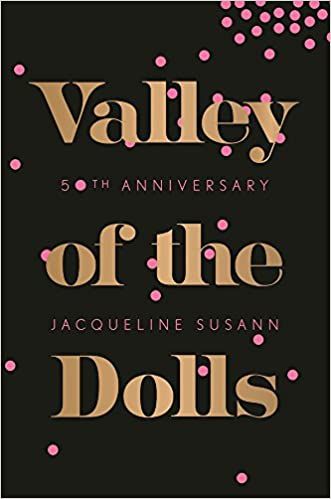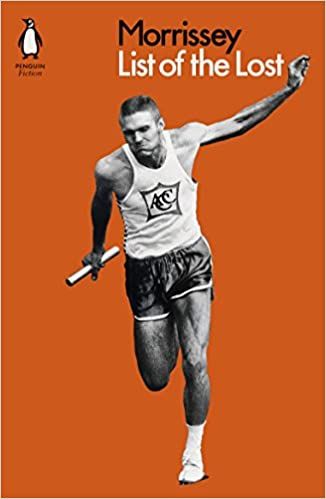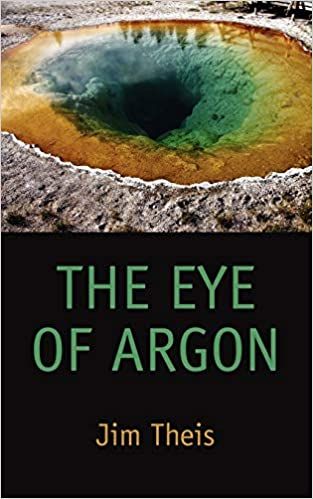Lists of the worst books of all time are so fascinating to me. Namely because bad is so different from forgettable. Most books that fail to reach the status of “good” fade into obscurity. Most “good” books do too, for that matter. Take His Family by Ernest Poole. It won the Pulitzer Prize yet has a paltry 217 reviews on Goodreads. The New York Public Library has two copies of it. They’re in offsite storage though, so you have to make a special request to access them. Libraries can rescue countless cultural artifacts from total oblivion. Even still, forgetting is the natural order of both good and not-so-good things. So the books that are bad enough to remember are rare birds indeed. As I said when I wrote about quitting bad books, the worst books are good at one thing: eliciting emotion from readers. Those emotions are typically anger and disgust, but there’s more to them than that, as we’ll see. In an effort to understand what makes a book an all-time worst, I took a tumble from the tree of books. I hit every bad branch on the way down. And some patterns emerged from the bruises. Other acclaimed writers have met a similar fate. Dracula author Bram Stoker’s 1911 novel The Lair of the White Worm is inspired by the Lambton Worm, a legendary English monster. And it’s supposedly a real stinker. If you want to know more, one of the science fiction podcasts we recommend, 372 Pages We’ll Never Get Back, has brought up this book in multiple episodes. They’ve read quite a number of the worst books of all time, in fact. If you’ve read William Makepeace Thackery’s Victorian classic Vanity Fair and are looking to dig into his bibliography, you might want to skip The Virginians. In Studies in Fiction and History from Austen to Le Carre, English professor John Halperin called it “arguably the worst book ever produced by a great novelist.” Heavy is the head that wears the crown! But authors can definitely make the list of the worst books of all time without doing anything good. Like, anything. A plethora of books contain racist tropes that go unchallenged and unexamined by their authors. Some, however, get called out for being especially egregious. Among them are Nelson Hayes’s Dildo Cay (I mean, the title alone), about white enslavers at a Caribbean salt mine. Also Victoria Foyt’s Save the Pearls: Revealing Eden, a post-apocalyptic book pitting light-skinned and dark-skinned people against each other. Yikes. Likewise, there are truly so many misogynistic books out there. Pickup artist Joe Bovino’s Field Guide to Chicks of the United States paints a vivid portrait of a man to avoid at all costs. Offending religious beliefs is another route authors can take. Nicolas Cage, star of the dreadful Left Behind film adaptation, might consider doing penance for his cinematic crime by National Treasure-style stealing every copy of Tim LaHaye and Jerry B. Jenkins’ book series chronicling the end times. These books offend many Christians who claim they misrepresent theology. Non-Christians take issue with their outright hostility toward other faiths. Lest I dwell on these bad books too long, let’s move along. While Twilight and Fifty Shades are relatively recent, there’s nothing new about railing against sex and romance in books. Sex-and-drug-fueled Valley of the Dolls (1966) is considered among the worst books, as is Judith Krantz’s glamorous smut Dazzle (1990). Bad reviews claiming these books are “trashy” only fuel raccoons like me who then reach for them with nimble fingers. Also, these kinds of trashy books get swept up in moral panics that have real consequences. Forever Amber, a 1944 historical novel with lots of sex by the standards of the day, was banned in 14 states as pornography. It’s one thing to call a book bad, and another thing to ban it. Still, it’s always useful to look into the power structures at play in who is calling what bad. Follow our ongoing coverage of censorship for the latest news, and back to the topic at hand. Many fans of The Smiths struggle to square their love of the music with frontman Morrissey’s political opinions. He’s become increasingly troubling for those who appreciated the band’s original anti-capitalist, anti-elite ethos. But basically everyone struggles with Morrissey’s 2015 novel List of the Lost, which received many scathing reviews and the inglorious “Bad Sex in Fiction Award.” Speaking of bad political opinions, Boris Johnson compiled his columns for GQ in Life in the Fast Lane: The Johnson Guide to Cars. It’s not just that he’s “the world’s worst car journalist,” as website carkeys.co.uk proclaimed. The book is also rife with racism and sexism that ought to surprise no one at all. So let’s find another category of bad book, one that’s a little more fun. There have been contests to see who can read aloud from famously bad books, like Amanda McKittrick Ros’s 1897 romantic drama Irene Iddesleigh and Jim Theis’s 1970 fantasy novella The Eye of Argon, without laughing. Both of these works contain tortured prose that challenges the stoniest of faces. Give them a try at your next bookish get-together. And if you like bad poetry, William McGonagall: Collected Poems rounds up the doggerel originally published in broadsides and newspapers by William McGonagall between 1877 and 1902. If you’ve never thought you had an ear for poetry, don’t let that stop you. McGonagall sure didn’t. He suffered for his art, too, dodging the rotten fruit lobbed at him at readings. His poem on the Tay Bridge disaster needs to be read in full to appreciate the depth of badness it plumbs.
